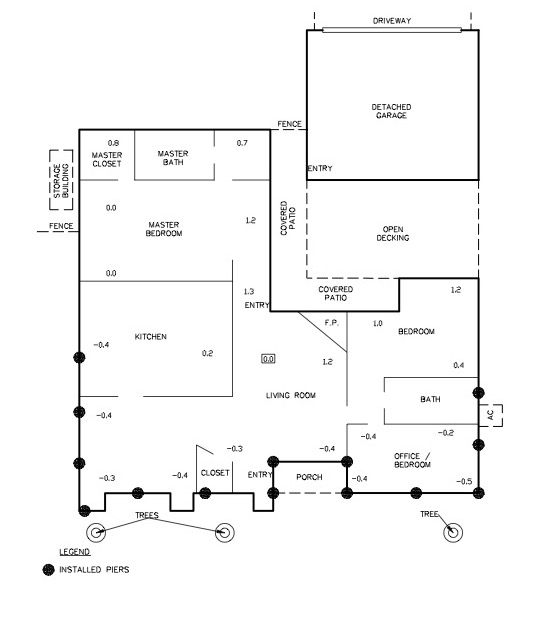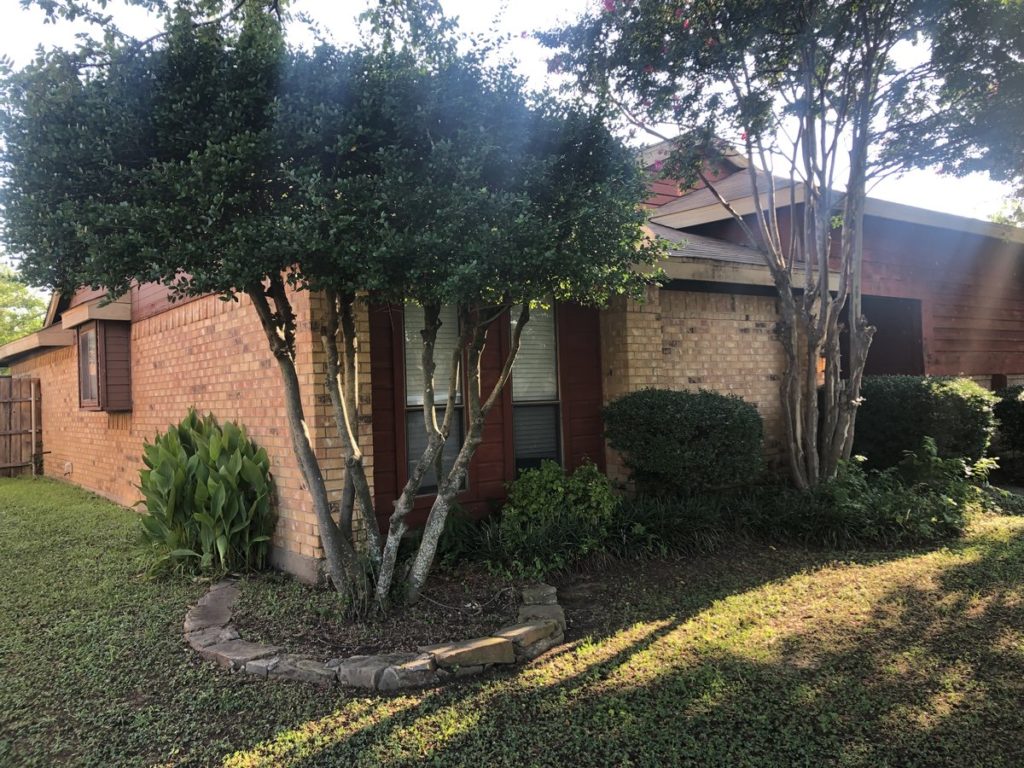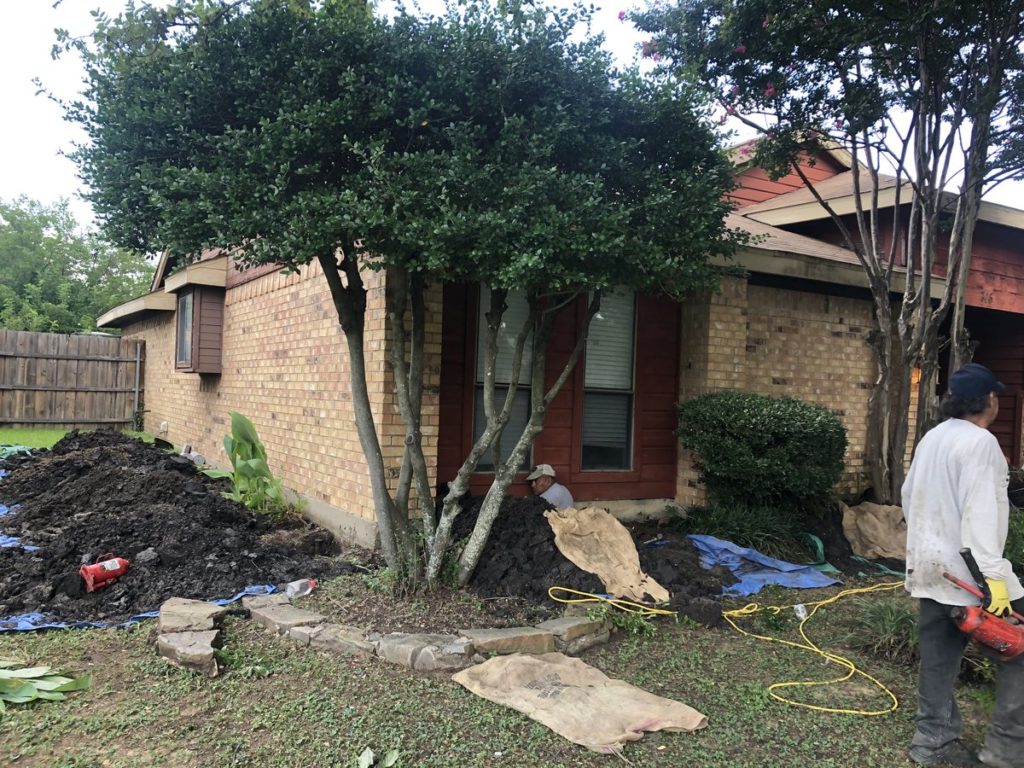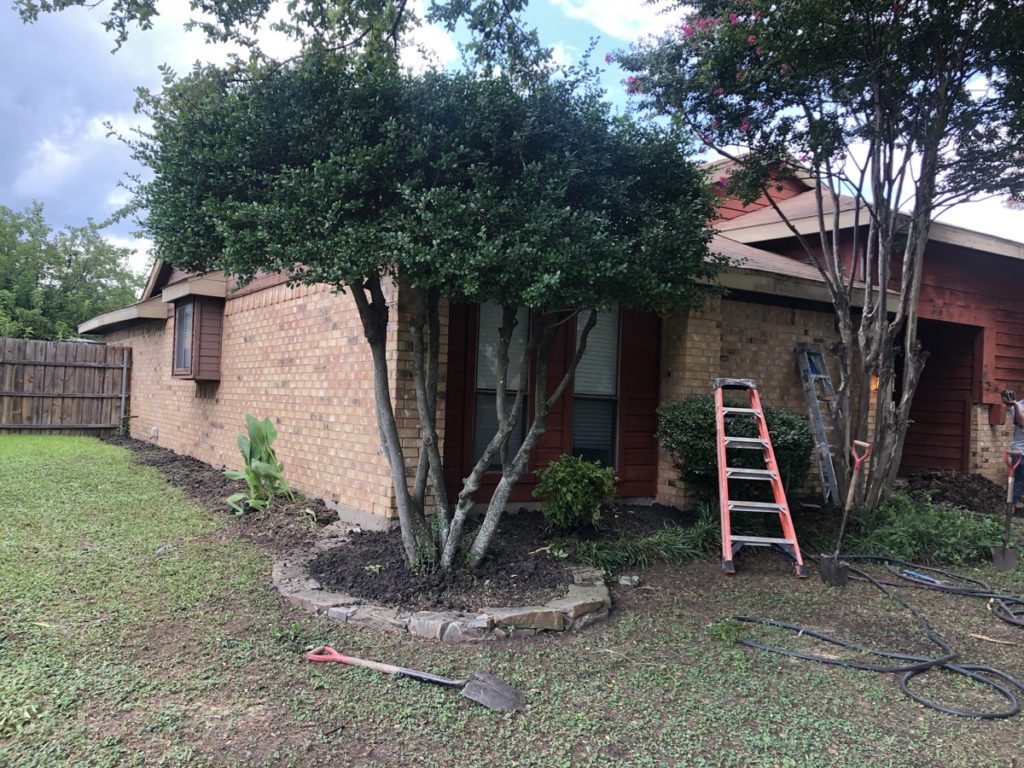Dangers of an Un-Fixed Foundation
Is it Safe to Live in a House with Foundation Problems?
Do you live in a home with a foundation problem, or considering the purchase of a house with existing foundation damage? Let’s talk about how safe it is to live in a house with foundation problems. More specifically, how you can spot common foundation problems versus a more severe foundation issue that raises safety concerns.
It All Begins with a Home’s Foundation Inspection
The home buying process brings people face to face with questions about foundation damage they often lack experience in properly evaluating. For starters, it’s not uncommon to find a cracked foundation wall in DFW. This doesn’t mean your new home has a foundation failure or structural damage to run away from.
Common Foundation Problems are Not Safety Concerns
Slab foundations sit on expansive soil in our region. This clay soil base constantly moves based upon the amount of water present. Foundation settlement is a normal thing. With it often comes a vertical crack at the expansion joints, which tend to be where the garage meets your home, and about midway down the sides.
If you see a hairline crack like these described, no more than 1/16 of an inch wide, don’t panic. These are not a sign of foundation trouble. Instead, the expansion joints are doing their job and preventing actual damage.
Signs of Serious Foundation Failure Indicating Safety Issues
Some cracks go beyond normal, and you can look for these signs. The first sign is foundation crack width. If the cracks are wide enough to measure beyond 1/16″, this indicates foundation movement that may be outside of normal range. Additionally, moisture entering the home becomes another concern.
Furthermore, if you see a diagonal crack it’s important to further inspect the property to know what you’re getting into.
Major Problems to Address to Safely Live in the Property
Structural Integrity: Do you see bowed walls or visibly see areas of a sinking foundation due to access to a crawl space? These are indications that a structural engineer get involved to determine the extent of the foundation problem, but more importantly, to determine if the house is safe to live in.
Uneven Floor: A shifting foundation slab can mean uneven floors. This can make it difficult to close doors, but also cause larger cracks where the drywall meets the floor and ceiling. If you are in a two story home, uneven floors below will only result in issues above. Again, have a structural engineer take a look at the house.
Water Damage: This becomes a concern not only due to water’s ability to damage wood and other materials that aren’t intended to come in contact with it, but also mold. Whenever cracks and spaces allow for water to enter the property, mold becomes a safety concern. Additionally, a resulting slab leak from a shifting slab may cause additional collateral damage to your home that you will wish to avoid.
Can You Safely Live in House With Foundation Problems?
If you currently reside in a home with the common foundation problems we discussed, it is likely safe to live there. However, most homeowners will find peace of mind by having a local foundation repair contractor inspect the property. This not only helps answer concerns about safety, but also the potential foundation repair cost.
Just know that calling a foundation contractor might not always result in an unbiased view, however. Their incentive is in found in the foundation repair cost itself. This is why we at Stratum enlist a 3rd party structural engineer if we believe the home’s issues go beyond the routine and common problems that can be dismissed.
Place the Safety of the Homeowner First
Do you already live in the home?
A sinking foundation that has been left untreated can ultimately cause tile and flooring to cave in or allow nasty bugs like termites to invade your home. Termites live in the ground, and can travel up through the walls once or twice a day. By leaving cracks in the foundation of your home, you are allowing for a termite highway to exist in the walls of your home. This can obviously cause even more structural damage in a completely new way, raising safety concerns for the homeowner.
Over time, these cracks, gaps, and fractures can become safety hazards for you and your family. Left ignored, a poorly constructed or damaged foundation can split wood, crack tile and create an environment that isn’t suitable for children or adults.
If the problem has persisted over a longer period of time, you might end up dealing with extreme cases of bowed walls or flooring, or large gaps in the floor of your home that can create expensive problems and further unsafe living conditions. The bottom line is that we don’t advise living in a house with foundation problems without first having them inspected.
Are you considering the home for purchase?
The most obvious threat of an unfixed foundation before you purchase is the cost that is associated with foundation repair which may be unknown to you.
There is no small cost when it comes to the actual foundation repair process if the problem has been allowed to persist for a long period of time. It’s likely that helical piers will be required beneath the slab foundation, and this can be a labor intensive process.
An unfixed foundation might start as a small crack in the wall, but it can soon spread around the house and begin to damage aesthetic portions of the home. This includes windows, doorways, crown molding, fixtures, walls and more. As these begin to be difficult to close, the potential expense rises with each foundation pier needs to be set.
Concerned About the Safety or Dangers of an Unfixed Foundation?
At stratum, we routinely help the homeowner avoid “worst case scenario.” We do this by providing an initial FREE inspection to identify and classify the foundation issues at hand. As mentioned, many of these are common and not a threat to safety or expensive repair costs.
We will also diagnose any serious problems that are of safety concern. As a foundation repair company, we will help recommend the best plan for your concrete slab, soil problems related to drainage, and settlement issues.
Foundation Problems Can Be Fixed!
It is incredibly important to contact a foundation repair contractor in a location near you AS SOON as you see a crack, hairline fracture or gap in the floor or walls of your home. An expert will be able to logically assess the damage and give you a better idea of a plan of action that is needed to create a safe, functional home once again.
Give us a call for a free inspection today: 214-683-2956
About Stratum Foundation Repair
Stratum Foundation Repair is a family owned company run by Ryan Hise . With several locations serving DFW , they can also be reached at their Plano location.





Recent Comments